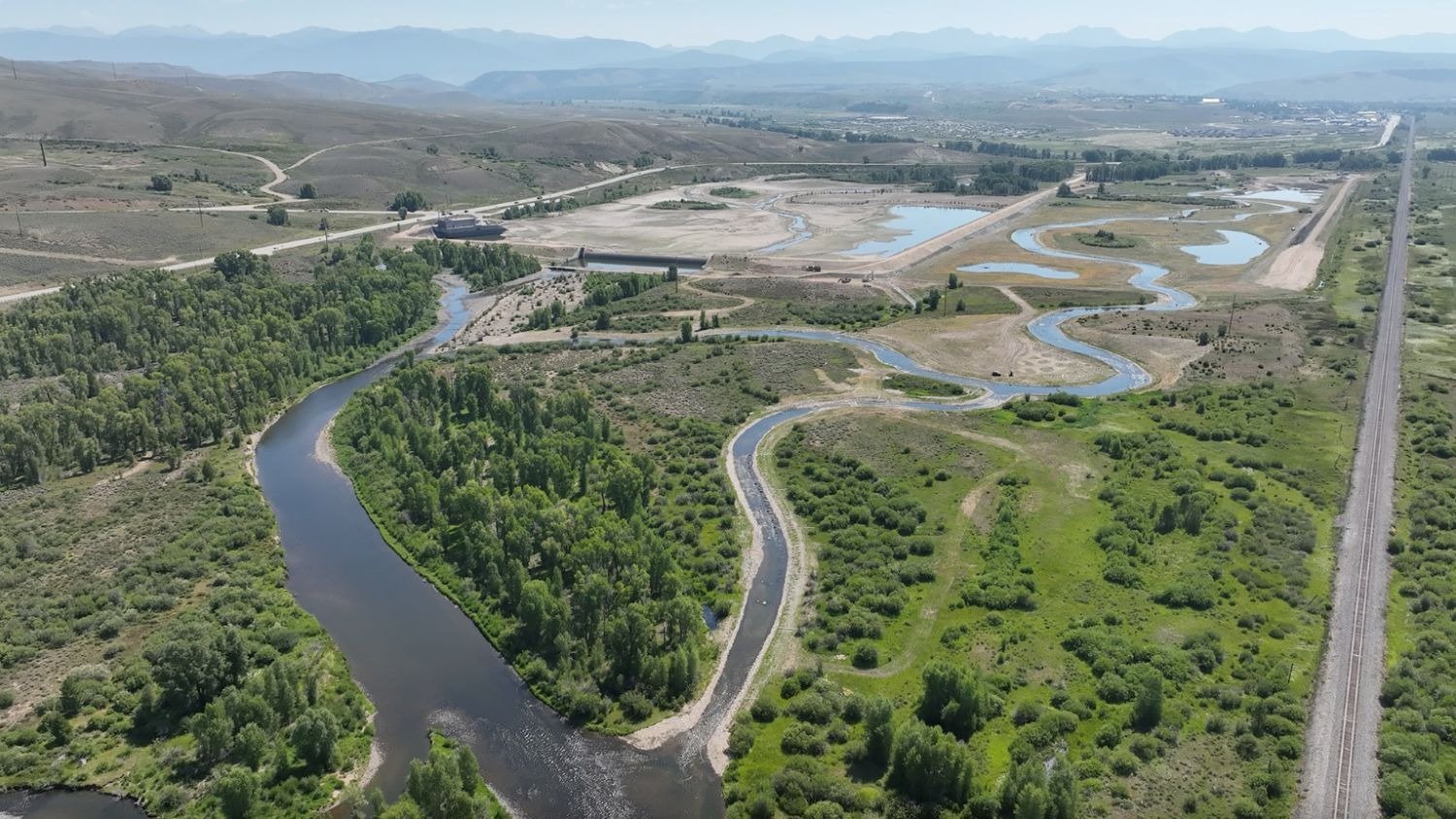By DAVE BUCHANAN/The Grand Junction Daily Sentinel
Monday, July 13, 2009
These simply aren’t trout but rather Colorado River cutthroat trout, one of the state’s three existing native trout and special even beyond that.
“You figure this trout has been isolated up here for thousands of years and there’s no question it’s adapted to some unique environmental conditions, including higher water temperatures that would kill other trout,” said Corey Fisher, 30 minutes later as he quickly pulled a barbless fly from the jaw of a brightly colored 5-inch trout. “If these fish were lost, we’d lose genetics that took eons to develop.”
Which is one reason Fisher, energy field coordinator for the conservation group Trout Unlimited, and Hunt, with that group’s Sportsmen Conservation Project, talked two writers into clambering down a sage-covered cliffside into a jungle of riparian growth fed by Trapper and Northwater creeks that come together to form the East Middle Fork of Parachute Creek.
http://www.gjsentinel.com/rec/content/sports/stories/2009/07/13/070809_out_trout_www.html







